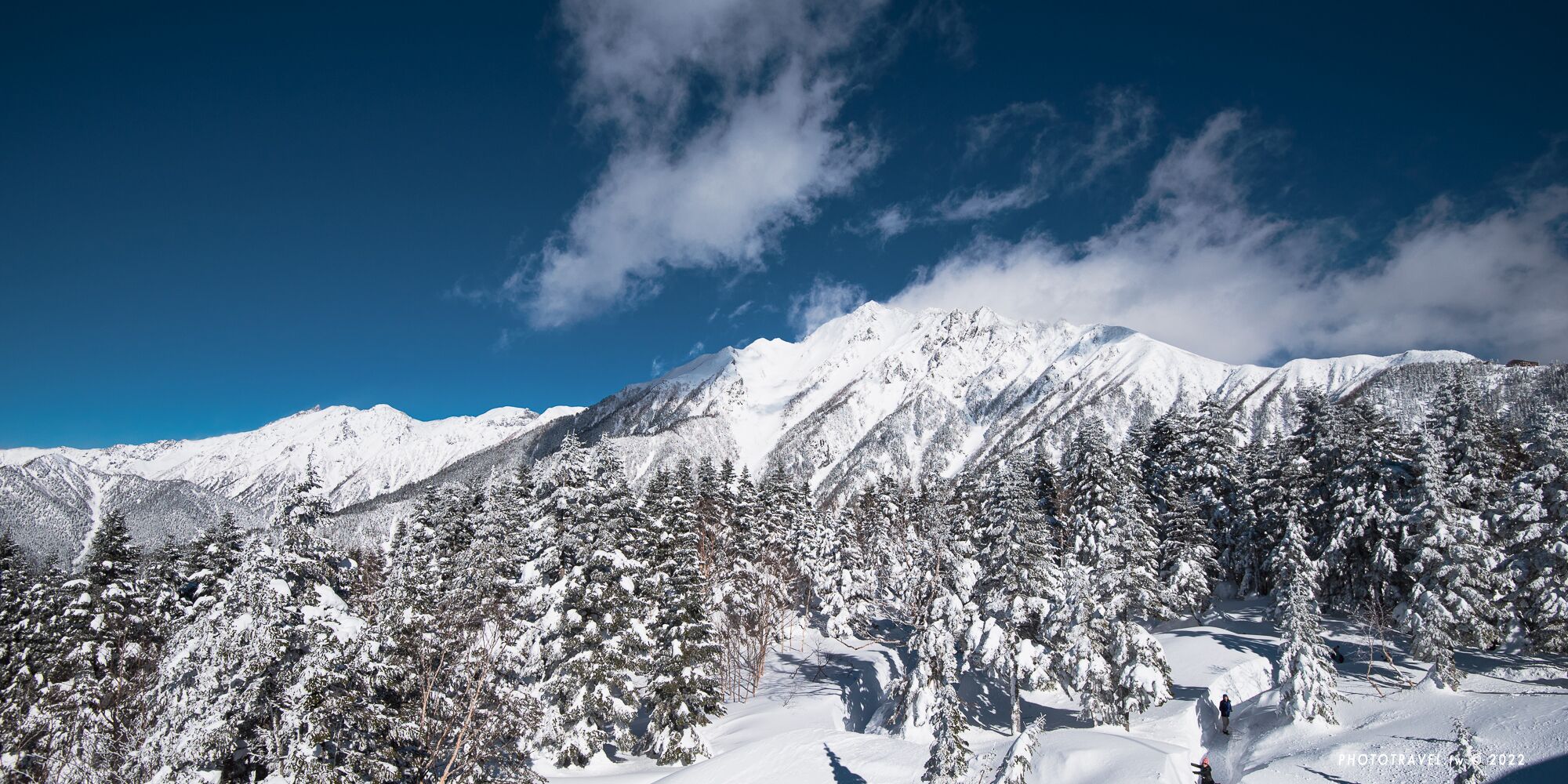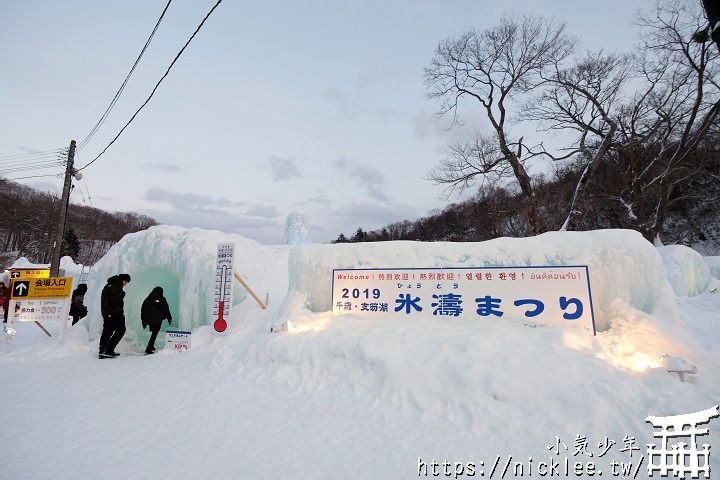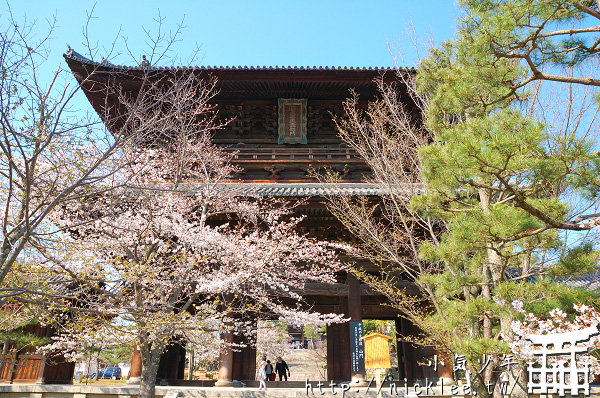The Shinhotaka Ropeway, located in Gifu, Japan, is a popular tourist attraction and a must-visit for anyone planning a trip to Hokuriku. The most famous feature of the Shinhotaka Ropeway is its double-decker cable car. Riding this cable car to the observation deck at an altitude of over 2,000 meters, you can enjoy a 360-degree unobstructed view of the Northern Japan Alps. Even in the freezing temperatures of winter, this is a journey that will leave a lasting impression!
Philos’s Travel Notes
The Shinhotaka Ropeway is one of the must-dos in the Hokuriku region, especially if you plan to visit during the winter. You can take the cable car to overlook the snow-white world and mountain scenery from a high place. This is definitely an unforgettable trip in your life; however, due to the changeable weather in winter, the cable car schedule may change due to weather conditions, so please be aware when going.
♨ Recommended stay: half a day.
About the Shinhotaka Ropeway
The Shinhotaka Ropeway is located in Gifu Prefecture, Japan, about a 1.5-hour drive from Takayama. The ropeway is divided into two sections: the first section runs from “Shinhotaka Onsen Station” to “Nabedaira Kogen Station”, and the second section runs from “Shirakabadaira Station” to “Nishihotakaguchi Station”. The second section features a double-decker cable car, the only one of its kind in Japan!

Shinhotaka Ropeway Route Description
The highlight of the Shinhotaka Ropeway is the “Nishihotakaguchi Station” at the end of the second section. From the rooftop observation deck at an altitude of 2,156 meters, you can enjoy a 360-degree panoramic view of the Northern Japan Alps, including Nishihotakadake, Yarigatake, and Kasagatake. The view is absolutely breathtaking on a clear day.

On a clear day, you can see the continuous peaks of the Northern Japan Alps from the rooftop observation deck at Nishihotakaguchi, which is truly spectacular.
How to get to the Shinhotaka Ropeway
To get to the Shinhotaka Ropeway, it is recommended to start from Takayama City. You can plan a day trip to Takayama and then arrange to take the bus to the Shinhotaka Ropeway the next day. The route from Takayama to Shinhotaka passes through the famous Hirayu Onsen and Fukuji Onsen, where many hot spring operators and guesthouses are located. In addition, you can also take a bus from Hirayu Onsen to Kamikochi or Matsumoto.
To get to Shinhotaka from Takayama, you need to take a bus to the Shinhotaka Ropeway (to “Shinhotaka Ropeway”) from the “Takayama Nohi Bus Center” at Takayama Station. As Shinhotaka is easily affected by the weather, it is recommended to set off early so that you have ample time to adjust your plans if the weather is not favorable when you arrive at Shinhotaka.
Nohi Bus Schedule
Bus Schedule from Takayama to Shinhotaka
As the bus to Shinhotaka also stops at Hirayu and Fukuji Onsen, if your schedule allows, it is recommended to stay overnight in the hot spring area after your visit to Shinhotaka. This will give you more time to relax!

Shinhotaka Ropeway Nearby Transportation Map
Shinhotaka Ropeway Schedule and Ticket Prices
Shinhotaka Ropeway Schedule
The Shinhotaka Ropeway operates all year round, with different operating hours for each season. You can check the Shinhotaka Ropeway official website for the latest information. Please note that the ropeway may be closed due to bad weather or regular maintenance. The Shinhotaka Ropeway is divided into two sections: the first section departs at 00 and 30 minutes past the hour, and the second section departs at 15 and 45 minutes past the hour. The same schedule applies for both directions, and the total travel time for both sections is about 25 minutes.

Shinhotaka Ropeway Schedule (Image Source: Shinhotaka Ropeway Official Website)
Shinhotaka Ropeway Ticket Prices
You can purchase tickets for the Shinhotaka Ropeway on the day of your visit. To reach the rooftop observation deck with views of the Northern Alps, you need to take the ropeway to “Nishihotakaguchi Station”. The ticket price for both the first and second sections is 3,300 yen. An additional fee is required if you are carrying equipment weighing more than 6 kilograms.

Shinhotaka Ropeway Ticket Prices (Actual prices are subject to the announcement by the Shinhotaka Ropeway).
Experience and Winter Snowscape Photography at the Shinhotaka Ropeway
The weather was perfect on the day of our visit to the Shinhotaka Ropeway, which made for a memorable record of the winter snowscape at Shinhotaka.

After getting off the Nohi bus, you will arrive at the “Shinhotaka Onsen Station” of the ropeway.

After purchasing tickets at the Shinhotaka ticket counter, you can get your ropeway tickets!

After purchasing your tickets, you can take the first section of the Shinhotaka Ropeway, which offers excellent visibility on a clear day.

The first section of the Shinhotaka Ropeway consists of a single-layer cable car.

As the cable car slowly ascends, the station below quickly becomes a tiny speck.

The first section of the Shinhotaka Ropeway offers stunning views of snow-covered landscapes and mountains.

As you approach Nabedaira Highland, there’s a section of the cable car ride that offers particularly captivating views.

After about a 4-minute ride, you’ll arrive at Nabedaira Highland Station!
Although the weather was excellent on the day of our visit to Shin-Hotaka, the second section of the cable car was temporarily suspended due to weather conditions (possibly wind). So, we spent a good amount of time playing in the snow at Nabe-daira Highland (after all, it was our first time seeing such a spectacular snowscape). Nabedaira Highland also has an open-air natural hot spring, so if you’re interested, you might want to allocate more time to stay here!

A map of the Shinhotaka Ropeway attractions.





Despite the excellent weather on the day we arrived at Shinhotaka, we could still see the thick snowfall from the previous night.

Seeing such a spectacular snowscape for the first time, we couldn’t resist building a snowman.
After about 30 minutes at Nabedaira Highland, just as we were preparing to descend, we heard an announcement that the second section of the cable car was back in operation! Of course, we had to take Japan’s only double-decker cable car to “Nishihotakaguchi Station” to admire the spectacular snowscape of the Northern Japan Alps!

The starting station of the second section of the Shinhotaka Ropeway is “Shirakabadaira Station”.

The Shinhotaka Ropeway is Japan’s only double-decker cable car.

The second section of the cable car has a height difference of nearly 1000 meters, and you can quickly see the snowscape of the Northern Alps.

Upon arriving at Nishihotakaguchi Station, you can go directly to the rooftop observation deck to admire the mountain views!

The giant snowman that doesn’t melt in winter is a symbol of the Shinhotaka Ropeway!

From the observation deck at Nishihotakaguchi of Shin-Hotaka, you can admire the peaks of the Northern Alps.




In addition to the beautiful mountain ridges, the frost-covered trees at Nishihotakaguchi are also very eye-catching.
Overall, the Shinhotaka Ropeway is a highly recommended attraction when traveling in the Hokuriku region of Japan. Without any strenuous hiking, you can enjoy the beautiful mountain views from the cable car. The Shinhotaka Ropeway, located only about an hour and a half drive up the mountain, is also a great stop after visiting other attractions in Hokuriku, such as the nearby Gassho Village, Takayama, or Kanazawa.
『Original Source:https://www.phototravel.tw/shinhotaka-ropeway/』





